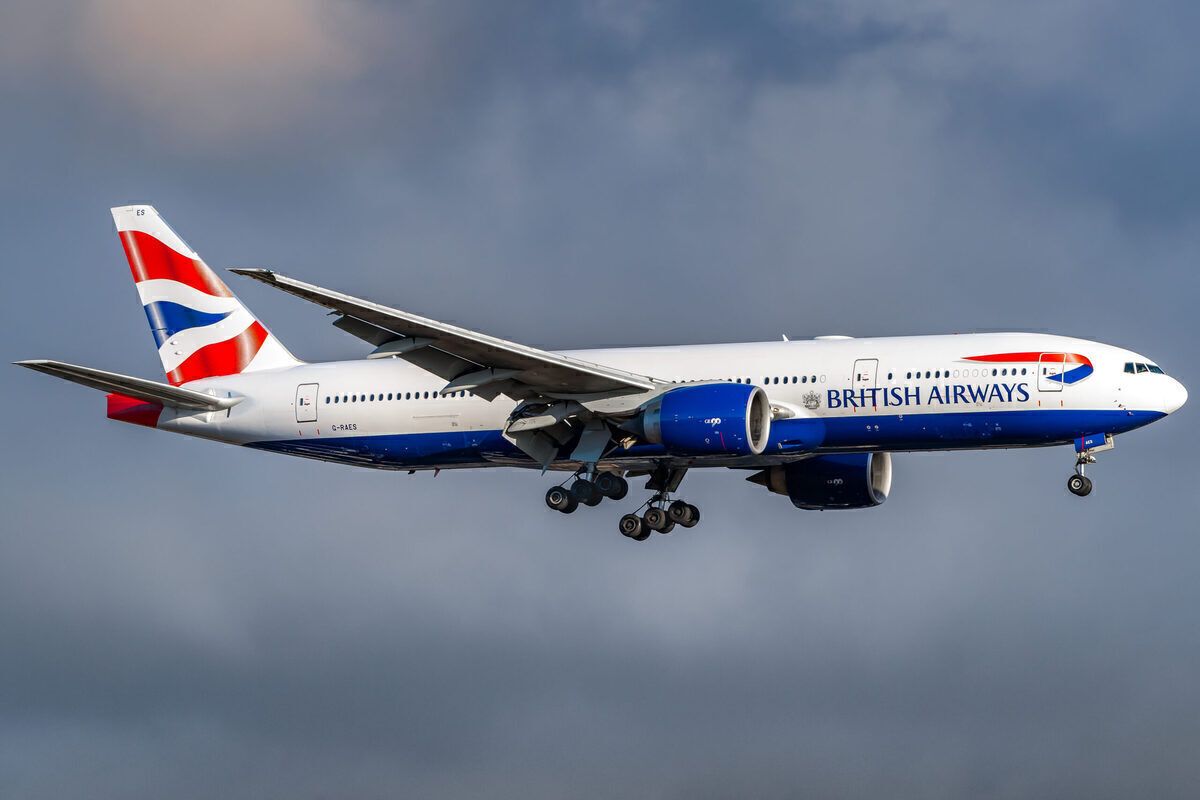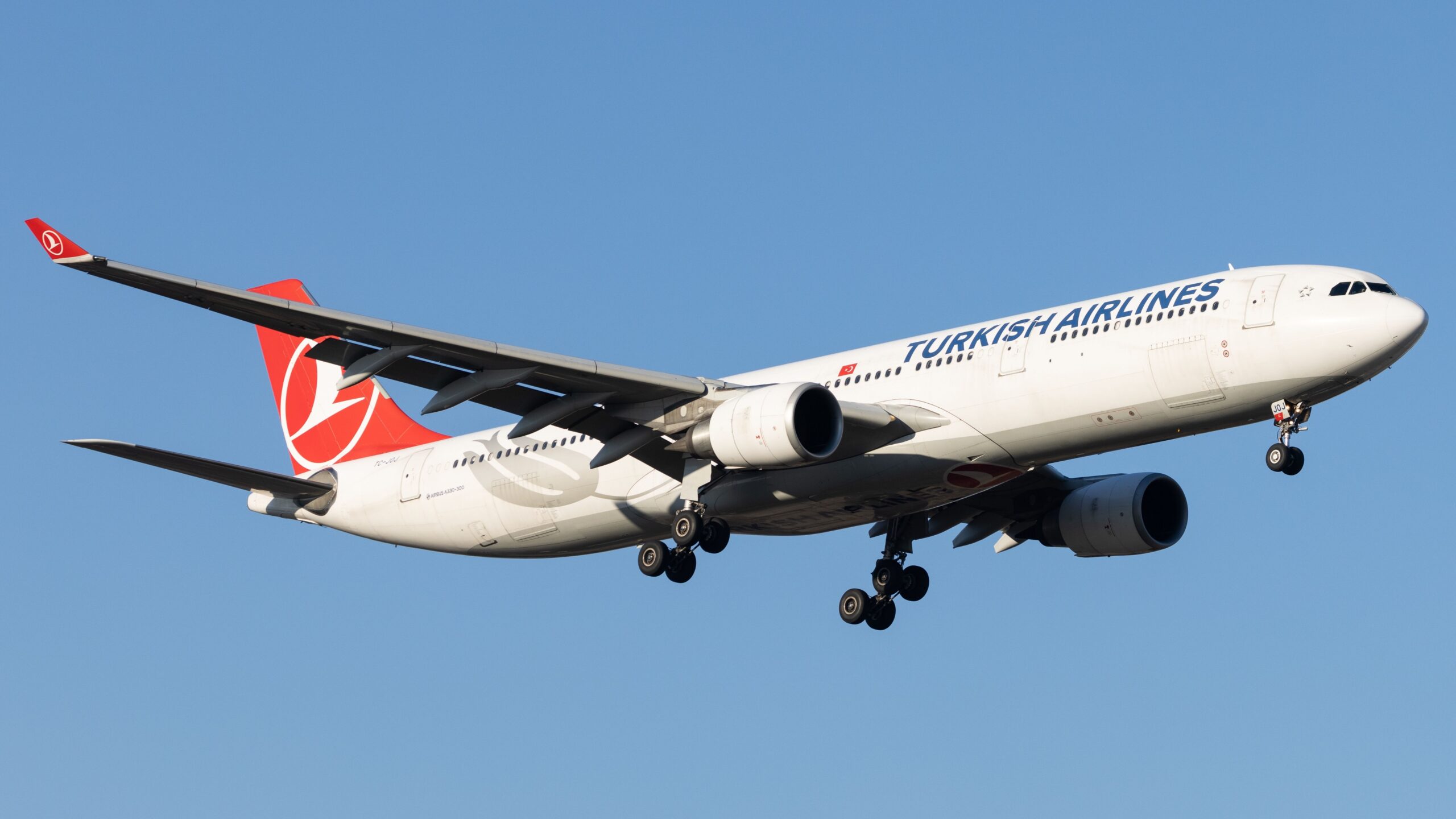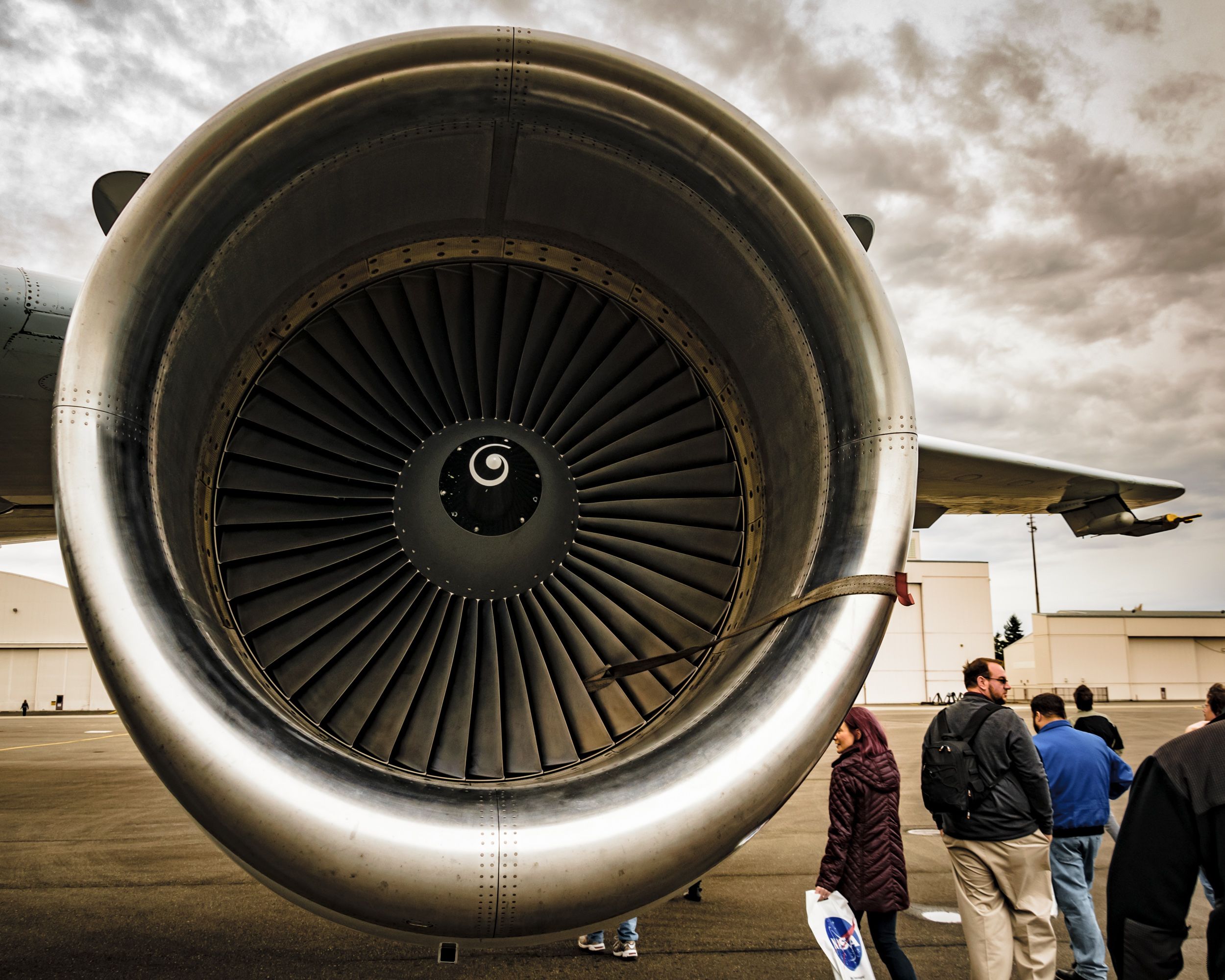Summary
- Engine failure on TK1876 led to a safe landing back in Malpensa, and smoke was observed from one of the CF6 engines.
- An imbalance of thrust from a failed engine causes the aircraft to yaw, corrected by rudder pedals controlled by pilots.
- Engine failures can be dangerous during takeoff and landing but not always catastrophic, as shown by BA Flight 38 and US Airways 1549.
On May 17th, a Turkish Airlines Airbus A330-300 registered TC-JOK operating flight TK1876 from Milan Malpensa to Istanbul.
What happened on TK1876?
The Aviation Herald reports that the airbus was climbing out of Malpensa’s runway 35L when smoke was observed from one of the engines, a pair of CF6s high-bypass jet engines manufactured by General Electric.
The Herald further reports that the pilots stopped the climb at 6000 feet and decided to immediately return to Malpensa for a safe landing on runway 35R about 30 minutes after departure.
This incident led flight TK1876 to be canceled, and TC-JOK is still reported to be on the ground in MXP more than 24 hours after the events. The aircraft was still on the ground in Milan about 24 hours after landing back.
Simple Flying reached out for comments but could still receive an immediate response.
How do pilots respond to an engine failure?
We have addressed this in a previous article, but let’s examine what happens to an airframe’s physics and how pilots respond.
If an engine fails on an aircraft, it will change its center of gravity. This is because most commercial aircraft use engines attached beneath the wings. The thrust produced by the engines acts through the center of gravity, which functions like a pivot on a seesaw.
Photo: Joe Kunzler | AvgeekJoe Productions
Under normal circumstances, both engines generate the same amount of thrust. However, in the event of an engine failure, there is an imbalance of thrust, as the failed engine no longer produces any thrust while the functioning engine continues to do so. The resulting moment from the functioning engine causes the aircraft to yaw towards the failed engine. This yaw must be corrected to prevent the aircraft from entering a spiral dive.
Pilots use the rudder pedals to control the yaw when an engine fails. If the right engine fails, they apply the left rudder; if the left engine fails, they apply the right rudder.

Related
What Happens When An Aircraft’s Engine Fails: A Pilot’s Perspective
An engine failure in a multi-engine aircraft is a rare event. However, it can still happen.
Are engine failures dangerous?
It would depend on the phase of flight. An aircraft on a cruise will have enough margin to continue to the nearest suitable airport or destination. Passengers would only notice a little (unless it is an explosive uncontained failure). During takeoff and landing, critical phases of flight can become more risky.

Related
14 Years Since British Airways Flight 38: The 777’s First Hull Loss
This is because the airplane will be lower to the ground and would go slower, meaning there’s less space and less time to maneuver. This doesn’t mean it is impossible – BA Flight 38 and US Airways 1549 stand as a testament to the training and professionalism of the flight deck crew who even, despite having suffered catastrophic failure in critical phases of a flight, were able to get the passengers and crew back to the ground with minimal injuries. The only actual loss was the aircraft, which were deemed unsalvageable.


